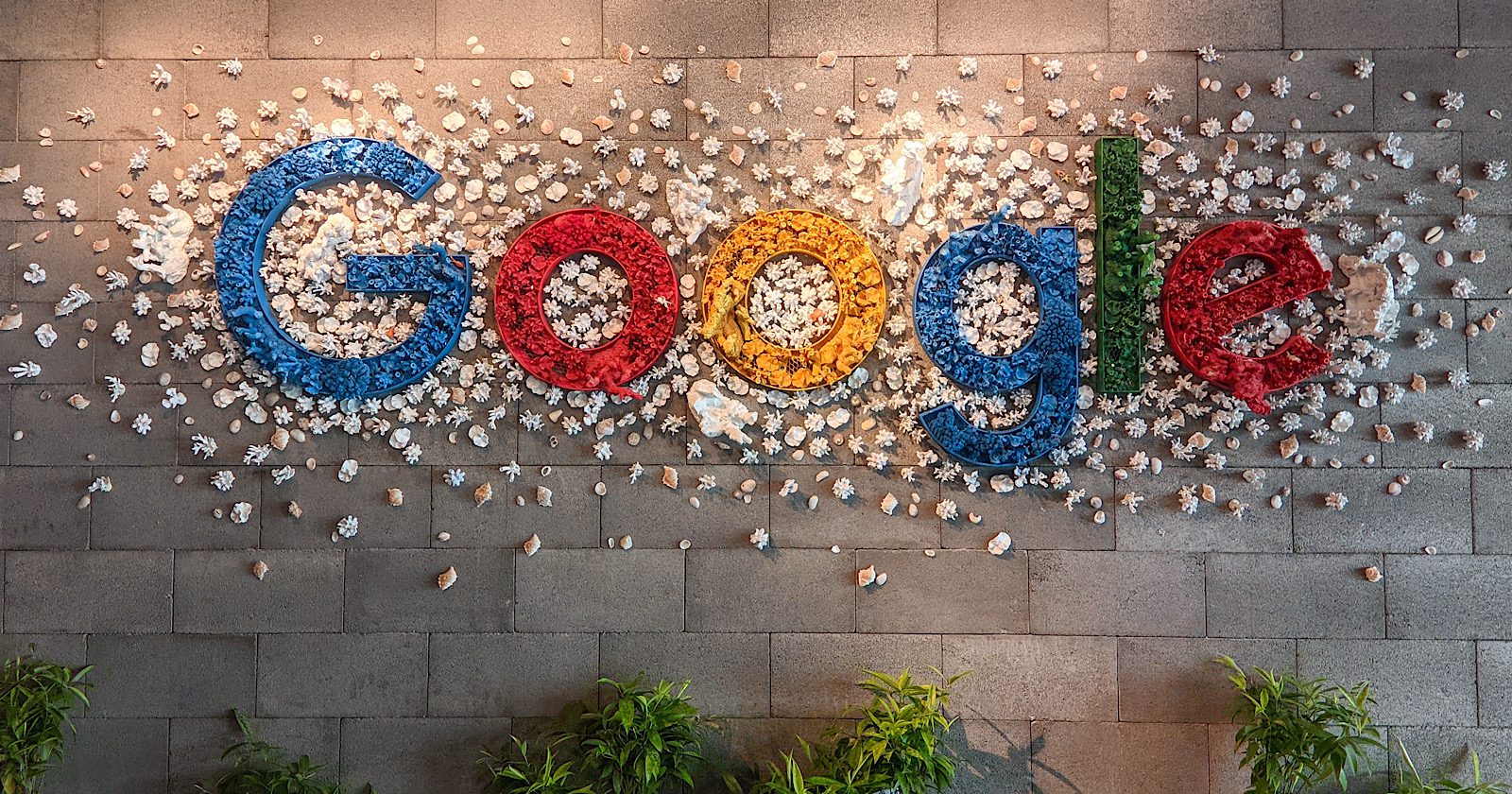Google Alters Purpose Of SpecialAnnouncement Structured Data via @sejournal, @martinibuster

Google’s updated guidance to the Special Announcements structured data shifts the focus toward a more general purpose use that is different from what Schema.org originally intended.
SpecialAnnouncement Structured Data
The SpecialAnnouncement structured data was created by Schema.org in March 2020 as a way to communicate special announcements that are specifically related to Covid-19. In fact, the Schema.org documentation states that it currently remains as a work in progress that is specifically focused on the then current Covid-19 crisis.
This is how Schema.org defines this specific structured data:
“A SpecialAnnouncement combines a simple date-stamped textual information update with contextualized Web links and other structured data. It represents an information update made by a locally-oriented organization, for example schools, pharmacies, healthcare providers, community groups, police, local government.
The motivating scenario for SpecialAnnouncement is the Coronavirus pandemic, and the initial vocabulary is oriented to this urgent situation. Schema.org expect to improve the markup iteratively as it is deployed and as feedback emerges from use.”
Google’s Implementation Of SpecialAnnouncement
The SpecialAnnouncement structured data was introduced by Google in April 2020 as specifically for Covid-19 related situations. It was created as a way for businesses, government entities, schools and other organizations could communicate special announcements such as quarantines, hours of operations, closings, and restrictions that are related to the Covid-19.
SpecialAnnouncement was released as a Beta feature and it currently remains in Beta status, officially in a testing phase, meaning that Google’s implementation of it was subject to changes or complete removal which is what quietly happened in the first week of 2024.
How SpecialAnnouncement Structured Data Documentation Changed
There are multiple changes throughout the document that are too numerous to document. Google’s previous version of the Special Announcement structured data documentation as of December 2023 had 38 references to Covid-19 and a total of 221 removals of text.
After the change the new version of the SpecialAnnouncement documentation contains only 13 references to Covid-19.
Most of the changes are similar to the following examples.
The previous documentation for this section of the guidance:
“How to implement your COVID-19 announcements
There are two ways that you can implement your COVID-19 announcements:”
Was rewritten to this:
“How to implement special announcements
There are two ways that you can implement your special announcements:”
The changes to the above passage transforms the purpose of the SpecialAnnouncement structured data into one with a wider application than the formerly narrow one of Covid-19 but still remains focused on local medical-related events (more details on this below).
Here’s another example that has a similar broadening effect.
This previous passage:
“Information about public transport closures in the context of COVID-19, if applicable to the announcement.”
Was rewritten to remove references to Covid-19 like this:
“Information about public transport closures, if applicable to the announcement.”
The changes, while subtle, represent an evolution of the SpecialAnnouncement structured data specifications away from being specific to Covid-19.
Perhaps the most notable change in the documentation is at the very top of the page in the very first paragraph.
The previous version of the documentation at the top of the page featured this:
“COVID-19 announcement (SpecialAnnouncement) structured data (BETA)
Note: We’re currently developing support for COVID-19 announcements in Google Search, and you may see changes in requirements, guidelines, and how the feature appears in Google Search. Learn more about the feature’s availability.Due to COVID-19, many organizations, such governments, health organizations, schools, and more, are publishing urgent announcements…”
The updated and considerably shortened passage of the guidance now looks like this:
“Special announcement (SpecialAnnouncement) structured data (BETA)
Many organizations, such governments, health organizations, schools, and more, may need to publish urgent announcements (such as COVID-19 announcements)…”
Impact Of Changes To SpecialAnnouncement Structured Data
The dozens of changes to the SpecialAnnouncement structured data has the effect of making it more flexible for use in situations beyond Covid-19.
But the changes as they currently stand do not widen the scope of the SpecialAnnouncement structured data beyond what they previously were. This is because the nine examples of how the structured data can be used remain exactly the same.
Nine Examples Of Special Announcements
- Announcement of a shelter-in-place directive
- Closure notice (for example, closing a school or public transportation)
- Announcement of government benefits (for example, unemployment support, paid leave, or one-time payments)
- Quarantine guidelines
- Travel restrictions
- Notification of a new drive-through testing center
- Announcement of an event transitioning from offline to online, or cancellation
- Announcement of revised hours and shopping restrictions
- Disease spread statistics and maps
The guidance continues to encourage the use of this structured data for extraordinary situations related to widespread communicable diseases and other disruptive emergency situations.
Given that the examples remain the same it’s probably safe to say that it may be inappropriate to use this structured data for something isolated like the rescheduling of a theater performance due to unforeseen circumstances. But because this structured data is in Beta it may at some point evolve
Read the updated SpecialAnnouncement structured data guidance:
Special announcement (SpecialAnnouncement) structured data (BETA)
Featured Image by Shutterstock/Lauritta











